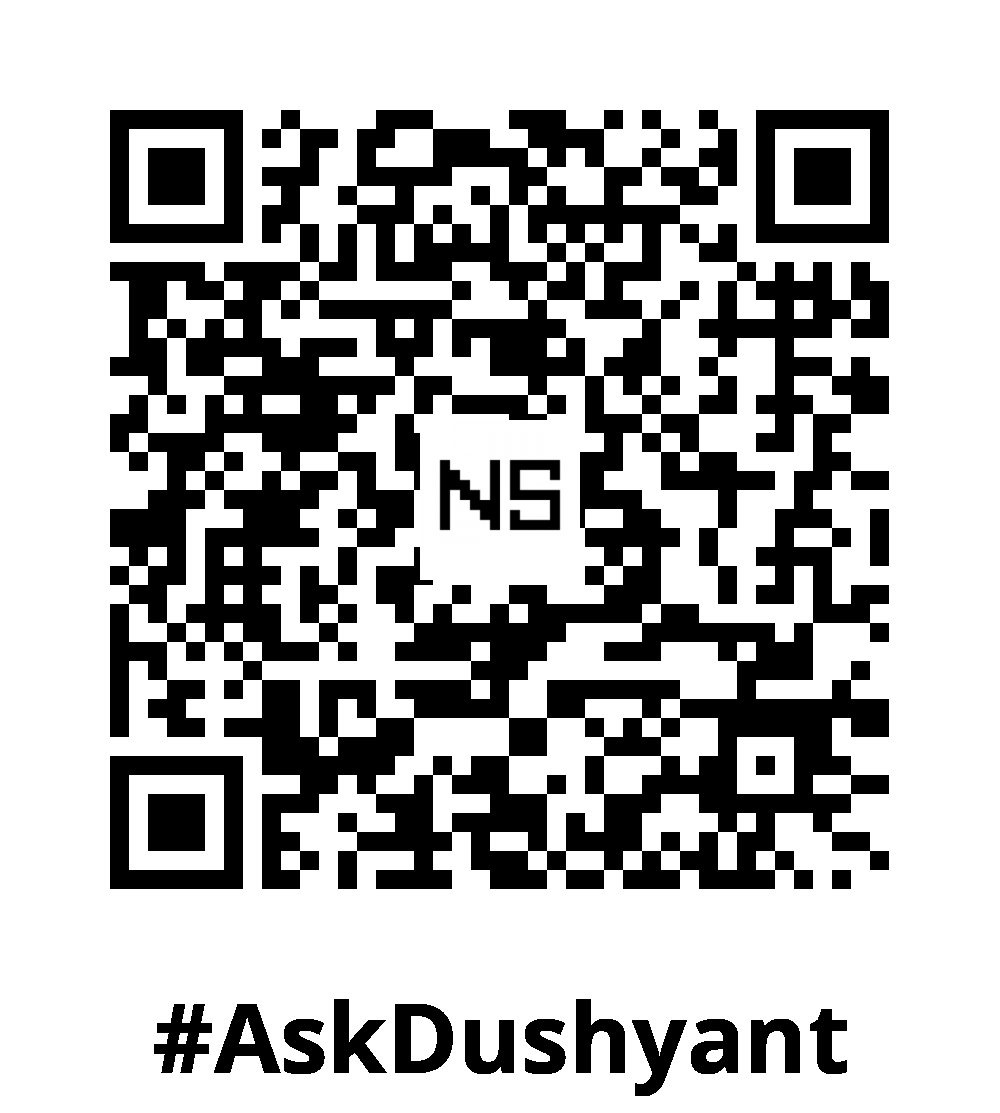Scrum is one of the most popular agile frameworks in the tech industry, and its success often depends on how well the roles are understood and executed. Two roles that frequently cause confusion are the Scrum Master and the Product Owner. While both are essential for a Scrum team, they have very different responsibilities. In this tech concept, I will explain these roles in detail, highlight their differences, and share when each role becomes most critical.
In my 20-year tech career, I’ve been a catalyst for innovation, architecting scalable solutions that lead organizations to extraordinary achievements. My trusted advice inspires businesses to take bold steps and conquer the future of technology.
Why Scrum Defines Specific Roles
Scrum thrives on clarity of responsibilities. Without well-defined roles, teams often face overlapping ownership, missed priorities, and stalled progress. The framework defines three core roles:
- Product Owner (PO) – focuses on the product’s value.
- Scrum Master (SM) – focuses on the team’s efficiency and adherence to Scrum.
- Developers – focus on delivering working increments of software.
We focuses on first two roles: Product Owner and Scrum Master.
Who Is the Product Owner?
The Product Owner (PO) is the voice of the customer and the guardian of product value. This role ensures that every feature the team builds aligns with user needs and business strategy.
Key Responsibilities of the Product Owner
- Owns and prioritizes the Product Backlog.
- Writes user stories with clear acceptance criteria.
- Defines and communicates the Product Vision.
- Makes trade-offs between scope, time, and resources.
- Engages stakeholders and gathers feedback to refine priorities.
Example user story written by a Product Owner:
As a premium subscriber,
I want to download content offline,
So that I can access it without internet connectivity.
Acceptance Criteria:
1. Download button available on all premium content.
2. Files stored securely on device.
3. User notified when storage is full.
The PO’s success is measured by value delivered to users and the business.
Who Is the Scrum Master?
The Scrum Master (SM) is the facilitator and coach for the Scrum team. Unlike traditional project managers, Scrum Masters do not assign tasks or control timelines. Instead, they help the team adopt Scrum practices and ensure smooth delivery.
Key Responsibilities of the Scrum Master
- Facilitates Scrum events like Sprint Planning, Daily Scrum, Review, and Retrospective.
- Removes impediments that block the team’s progress.
- Coaches the team in self-management and continuous improvement.
- Shields the team from scope creep and unnecessary interruptions.
- Ensures that the Definition of Done is respected.
Example Scrum Master action:
- Team struggles with slow test automation.
- Scrum Master organizes a workshop on CI/CD pipelines.
- The team reduces regression testing time from 2 days to 4 hours. The SM’s success is measured by the team’s ability to deliver value predictably and sustainably.
Scrum Master vs. Product Owner: The Key Differences
Although they work closely, the Scrum Master and Product Owner have fundamentally different focuses.
Focus Areas
- Product Owner: “Are we building the right product?”
- Scrum Master: “Are we building the product in the right way?”
Responsibilities Breakdown
| Aspect | Product Owner (PO) | Scrum Master (SM) |
|---|---|---|
| Primary Goal | Maximize product value | Enable team effectiveness |
| Focus | Product backlog and priorities | Process, team health, and facilitation |
| Decision Authority | Decides what goes into the backlog | Guides how Scrum is applied |
| Stakeholder Role | Interfaces with customers and executives | Interfaces with the team and organization |
| Measurable Outcome | ROI, product success, customer satisfaction | Team velocity, Sprint success, predictability |
Collaboration Between Scrum Master and Product Owner
The two roles complement each other rather than overlap. Their collaboration ensures balance:
- The PO ensures the team works on the most valuable tasks.
- The SM ensures the team can complete those tasks without process hurdles.
For example, during Sprint Planning:
- The Product Owner explains the highest-priority backlog items.
- The Scrum Master facilitates the session to ensure planning is realistic and time-boxed.
- The Developers commit to delivering a Sprint Goal.
Where These Roles Matter Most
- Product Owner is most critical in dynamic industries like fintech, SaaS, gaming, and AI, where user needs change rapidly and backlog priorities shift often.
- Scrum Master is most critical in scaling organizations or teams new to agile practices, where process discipline and coaching unlock productivity.
- Together, they are vital during the early and growth stages of a product, when balancing experimentation with sustainable delivery determines long-term success.
Common Pitfalls to Avoid
- Scrum Master as Project Manager: assigning tasks and dictating work.
- Product Owner as Ticket Machine: writing stories without product vision.
- Role Overlap: one person acting as both PO and SM, leading to conflicts of interest.
- Ignoring Collaboration: PO and SM working in silos instead of partnering.
My Tech Advice: The Product Owner and Scrum Master are the two pillars of Scrum’s success. The Product Owner maximizes value, while the Scrum Master maximizes team effectiveness. When these roles collaborate effectively, they create the conditions for high-performing teams, faster delivery, and products that truly meet customer needs.
Ready to adopt Scrum ? Try the above tech concept, or contact me for a tech advice!
#AskDushyant
Note: The names and information mentioned are based on my personal experience; however, they do not represent any formal statement.
#TechConcept #TechAdvice #Scrum #ProjectManagement #SoftwareDevelopment


Leave a Reply